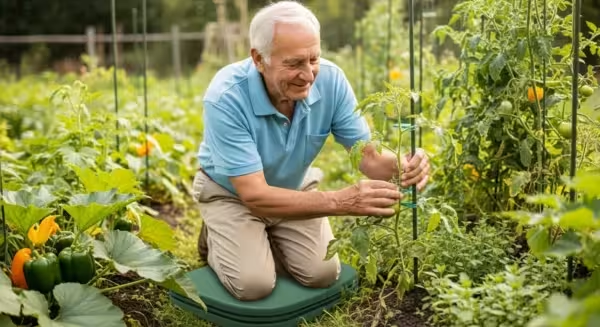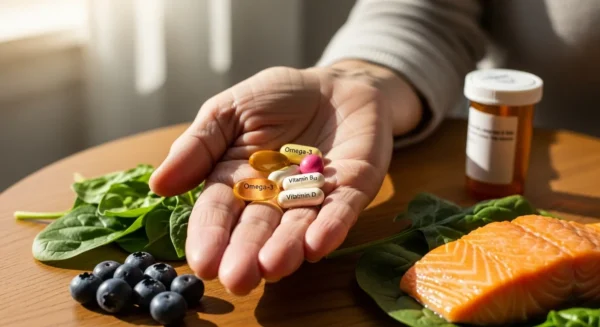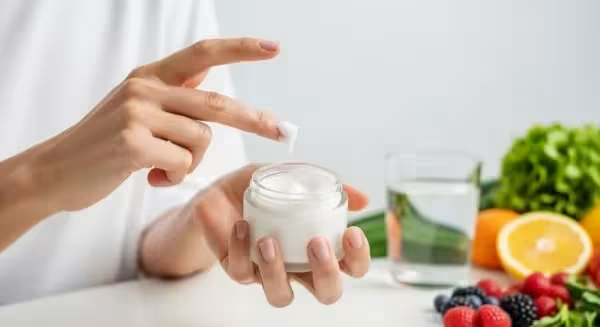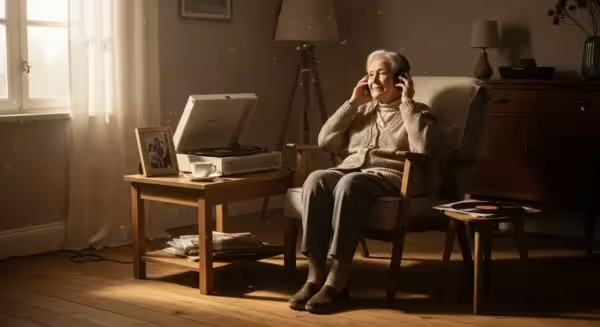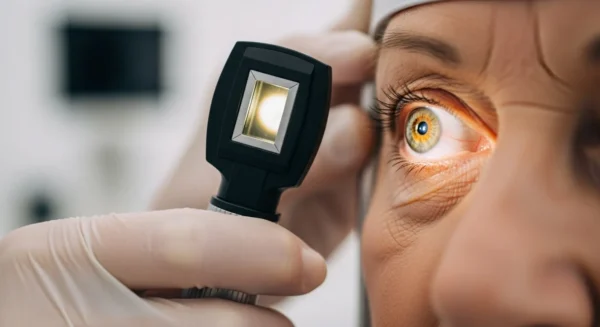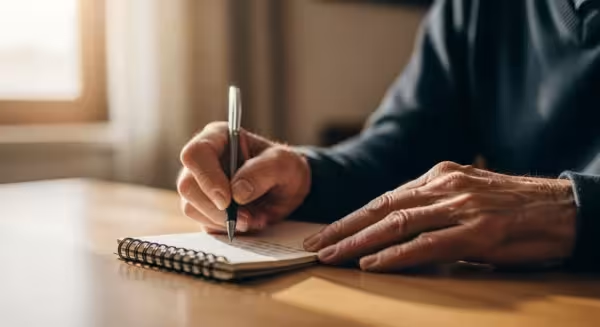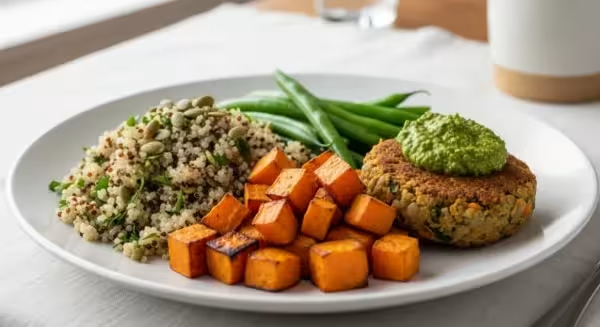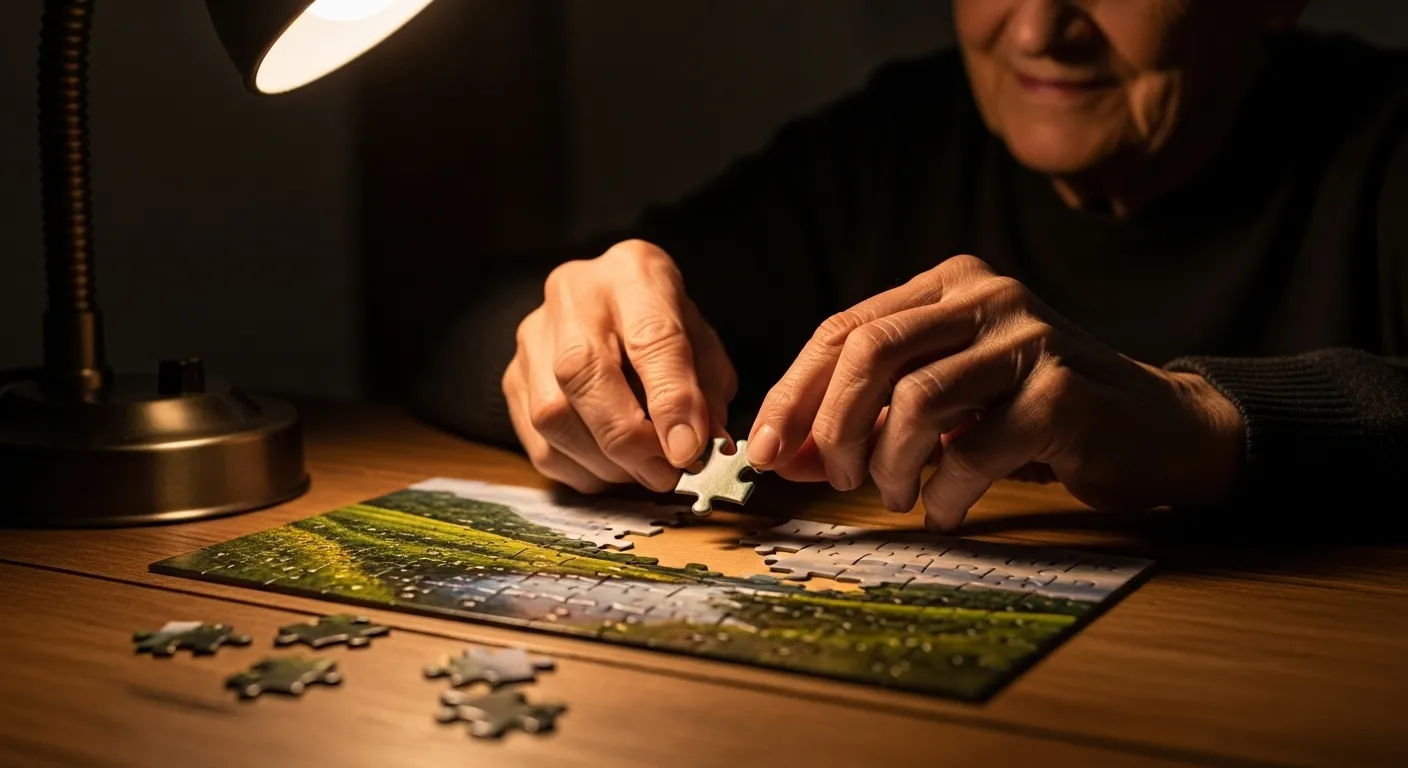
A Step-by-Step Guide to Building Your Kit Safely
Building your kit should be a calm and methodical process. You don’t need to do it all in one day. Gather items over time and involve a family member or caregiver if you wish. The goal is to create at least two kits: a larger one for sheltering in place at home and a smaller, portable “go-bag” in case you need to evacuate. Store your main kit in an easily accessible location, like a hall closet or a sturdy plastic bin in the garage.
1. Water and Food: The Essentials for Sustenance
Water is the most important item in your kit. The general recommendation is to store one gallon of water per person, per day. Aim for a supply that will last at least three days, though a one-week supply is even better. Store commercially bottled water, as it is safe and easy to manage. Remember to check the expiration dates.
For food, focus on non-perishable items that you enjoy and that meet your dietary needs. Canned goods, dried fruit, protein bars, and peanut butter are excellent choices. Make sure you have a manual can opener. Think about items that require no cooking or refrigeration.
- Checklist:
- Water (1 gallon per person, per day, for 3-7 days)
- Non-perishable food (3-7 day supply)
- Manual can opener
- Easy-to-prepare items (soups, canned tuna, crackers)
- Foods that accommodate special diets (low-sodium, diabetic-friendly, gluten-free)
- Disposable plates, cups, and utensils
2. Medical and Health Supplies: Your Personal Lifeline
This is the most critical part of the kit for most seniors. Your health depends on consistent access to medications and medical equipment. It is essential to have at least a 7-day supply of all your necessary items, and a 14-day supply is ideal. Talk to your doctor or pharmacist about obtaining an extra supply of prescriptions for your kit.
- Checklist:
- Prescription Medications: A 7- to 14-day supply of all medications. Keep them in their original labeled bottles.
- Medication List: A waterproof list of all your medications, dosages, frequency, the prescribing doctor, and the reason for taking each one. Include any allergies.
- Over-the-Counter Items: Pain relievers (acetaminophen or ibuprofen), antacids, allergy medication, laxatives, and any other items you use regularly.
- Medical Equipment: Extra batteries for hearing aids, a backup pair of eyeglasses or contact lenses with solution, blood glucose monitoring strips, a blood pressure cuff, or any other necessary supplies.
- First-Aid Kit: A basic kit should include adhesive bandages of various sizes, antiseptic wipes, sterile gauze pads, adhesive tape, antibiotic ointment, and hydrocortisone cream.
Effective disaster readiness means planning for every health contingency. Reputable sources like the National Institute on Aging (NIA) provide comprehensive information on medication management for older adults, which can be helpful in this process.
3. Important Documents and Information: Your Identity and Records
In an emergency, you may need to access important personal and financial information quickly. Having copies of these documents stored safely is a key part of senior home security and preparedness. Place paper copies in a waterproof, sealed bag. For an extra layer of security, you can also save digital copies to a password-protected USB flash drive.
- Checklist:
- Personal Identification: Copies of your driver’s license, passport, birth certificate, and Social Security card.
- Medical Information: Copies of your Medicare or health insurance cards, power of attorney for health care, and living will.
- Emergency Contacts: A physical list of phone numbers for family, friends, doctors, and caregivers. Do not rely solely on your cell phone’s contact list, as the battery may die.
- Financial Records: Copies of bank account statements, credit cards (front and back), and insurance policies.
- Household Information: Copies of deeds or leases to your home.
4. Communication, Light, and Power: Staying Connected and Safe
During a power outage or natural disaster, communication can be cut off. Having backup sources of light and information is essential for safety and morale.
- Checklist:
- Flashlight: A bright, easy-to-use flashlight with extra batteries. Store the batteries separately to prevent corrosion. A hand-crank flashlight is an excellent backup.
- Radio: A battery-powered or hand-crank NOAA Weather Radio to receive emergency alerts and updates.
- Cell Phone Charger: A fully charged power bank or a solar-powered charger for your mobile phone.
- Whistle: A whistle to signal for help if you are trapped or unable to call out.
5. Personal Care and Comfort Items: Maintaining Well-being
Maintaining personal hygiene and a sense of normalcy can have a big impact on your mental state during a stressful time. Pack items that will help you stay clean and comfortable.
- Checklist:
- Hygiene Items: Toothbrush, toothpaste, soap, moist towelettes, hand sanitizer.
- Incontinence Supplies: If needed, pack an ample supply.
*Comfort Items: A warm blanket or sleeping bag, a change of comfortable clothes and sturdy shoes, and perhaps a book or deck of cards for entertainment.
6. Special Considerations for Unique Needs
Your kit should be as unique as you are. Think about your specific circumstances and add items accordingly.
- For Pet Owners: Pack a 3-7 day supply of pet food, water, any pet medications, and copies of vaccination records. Include a leash, collar with ID tags, and a carrier.
- For Those with Mobility Challenges: If you use a cane, walker, or wheelchair, ensure you have a plan for how to move with it during an emergency. Consider keeping a collapsible cane in your go-bag.
- For Those with Oxygen Tanks: Work with your medical supply company to understand your options during a power outage and to ensure you have backup tanks.

